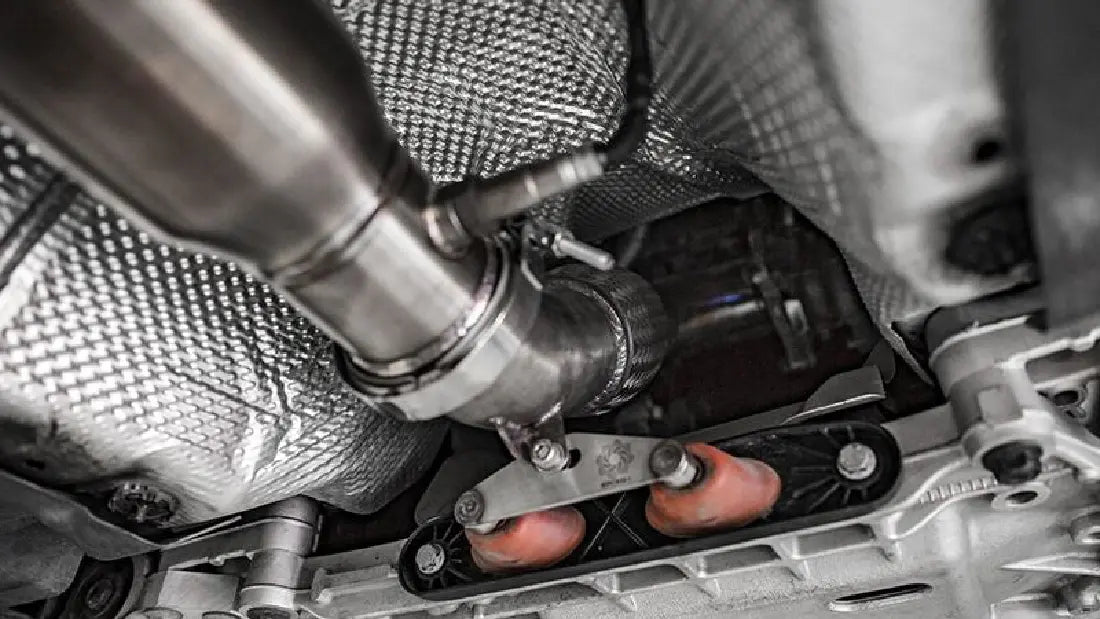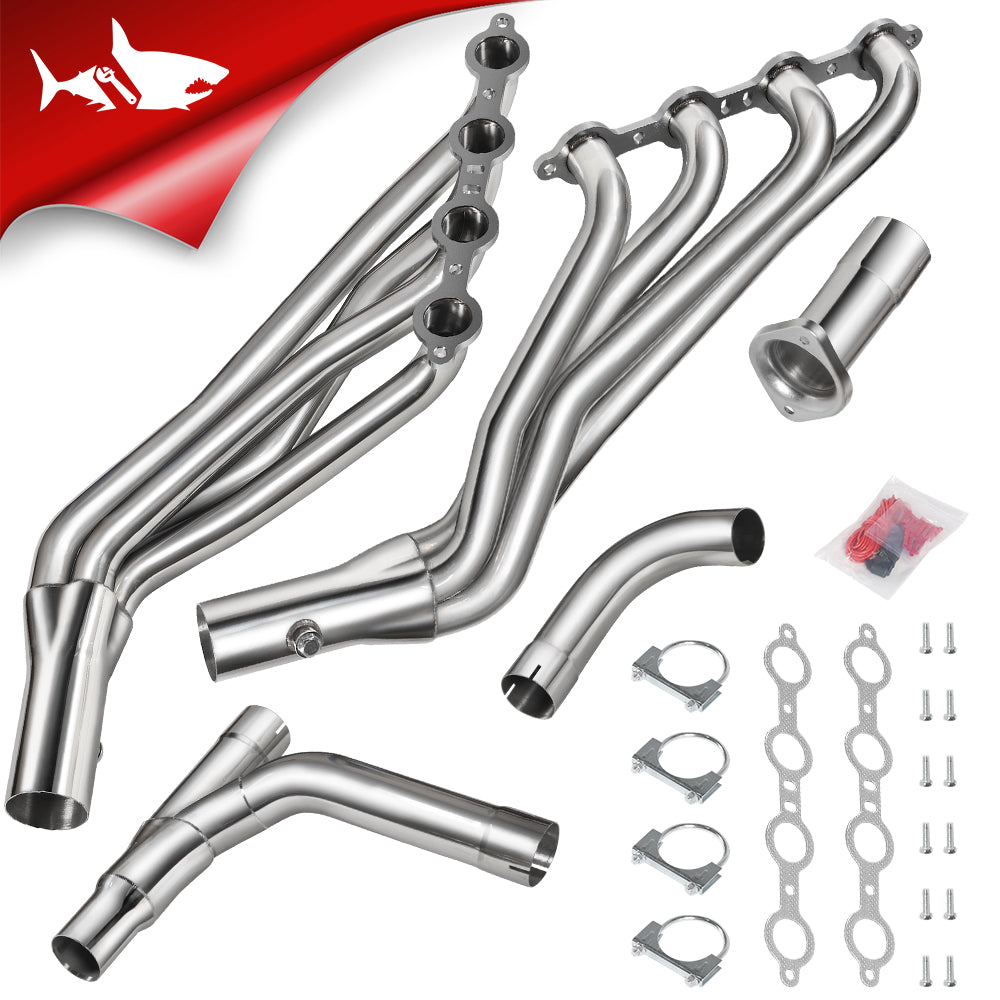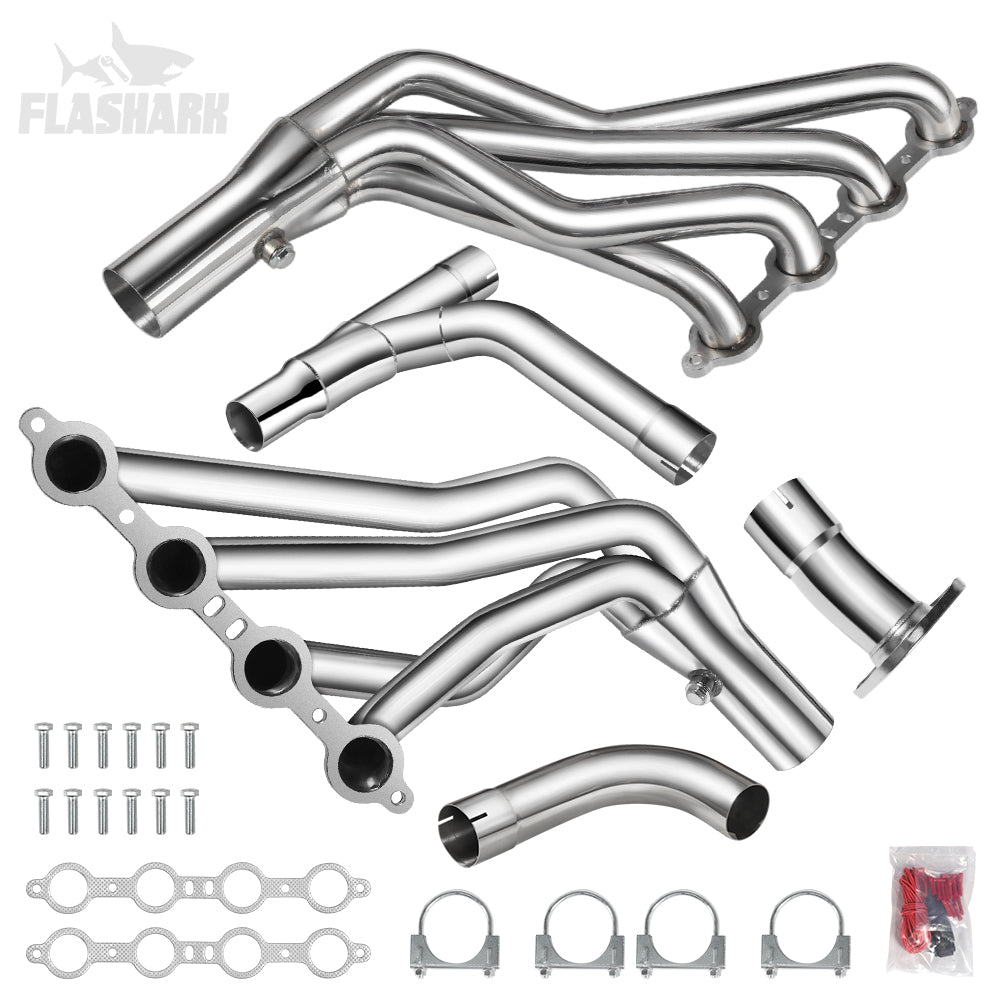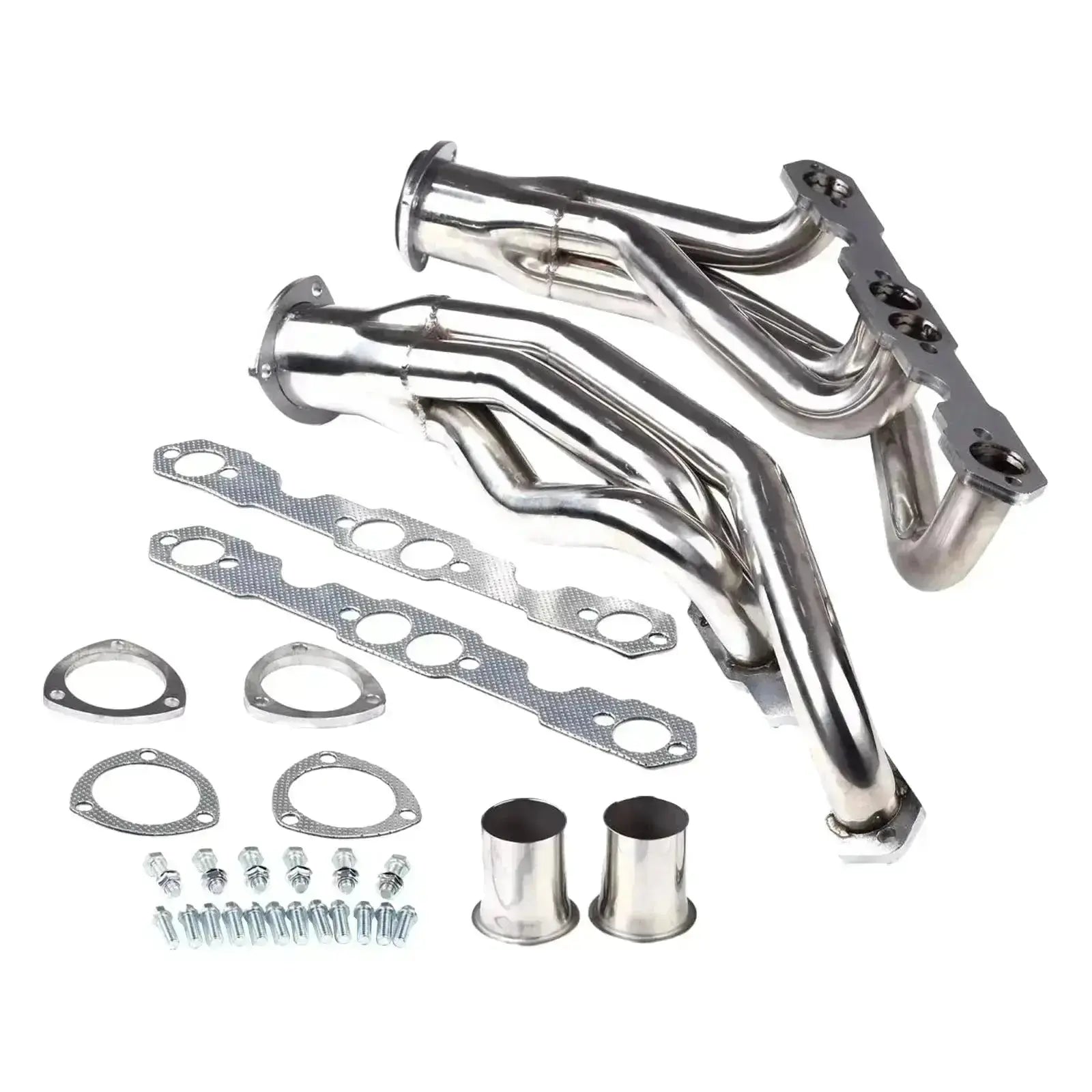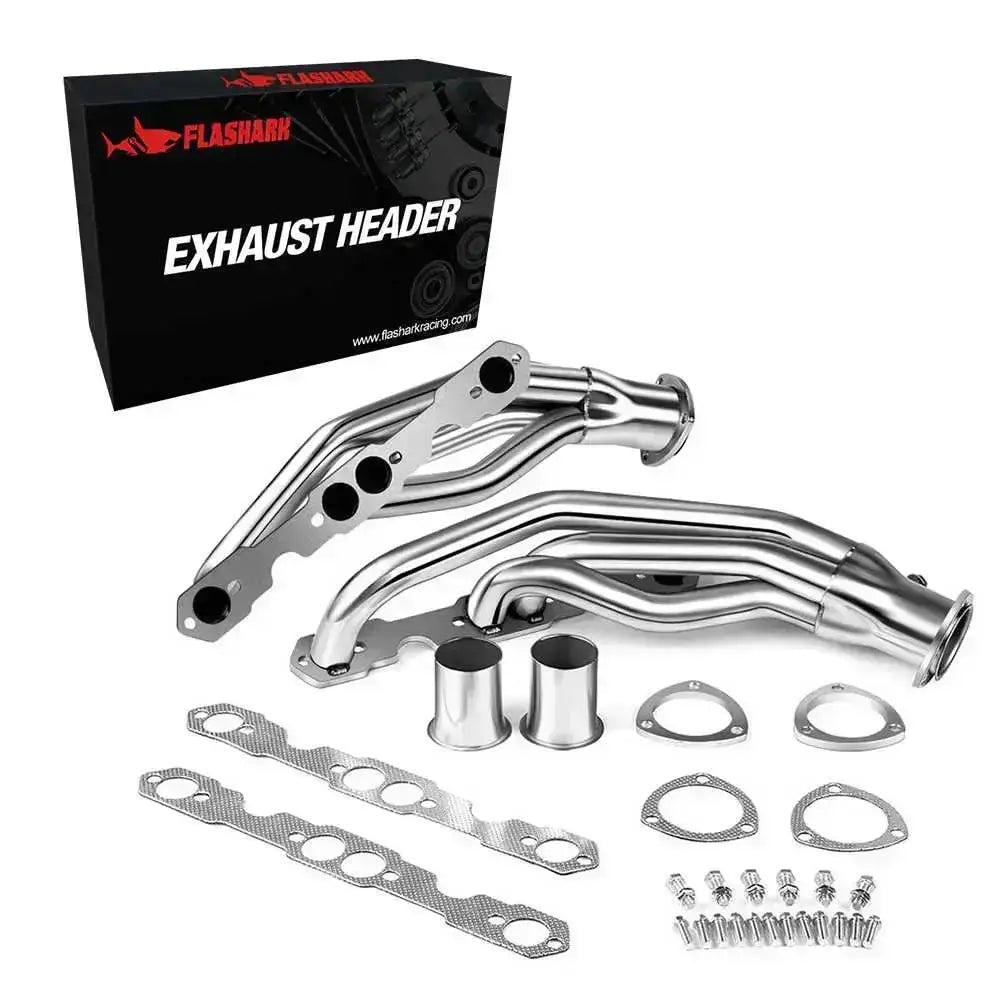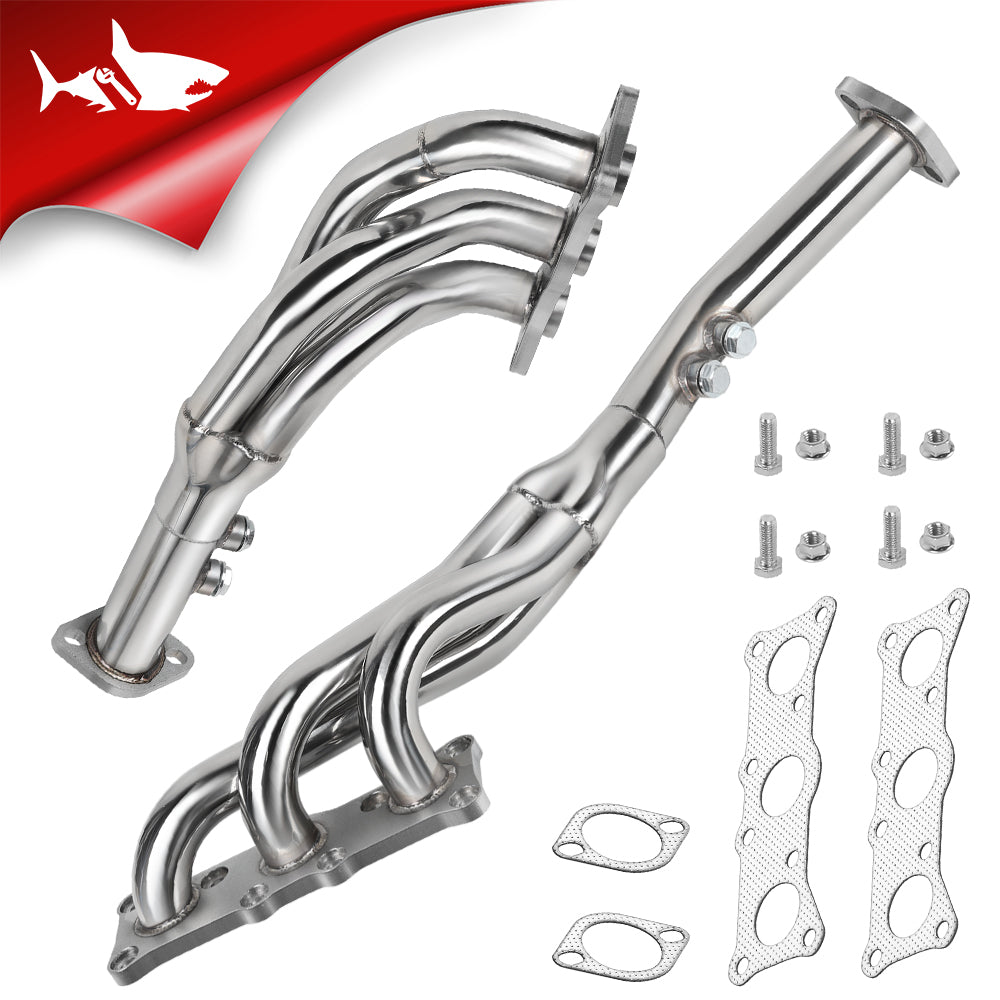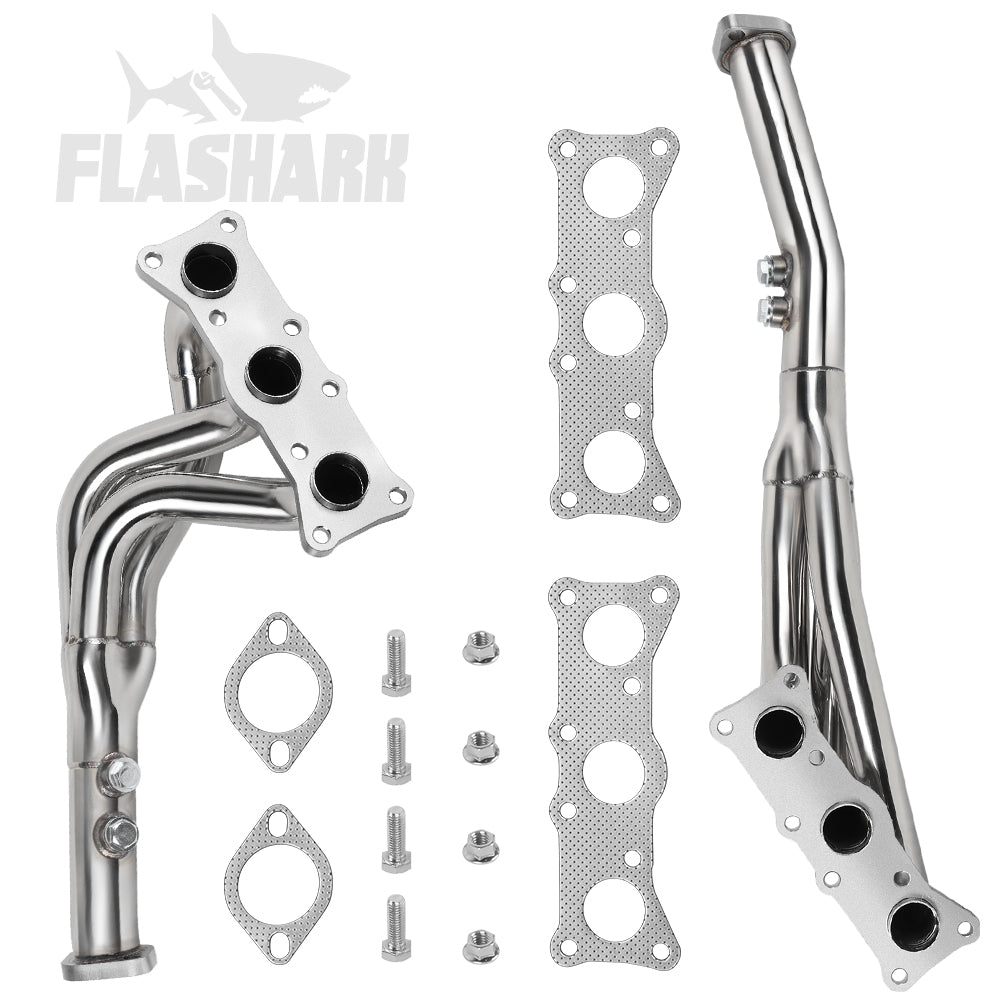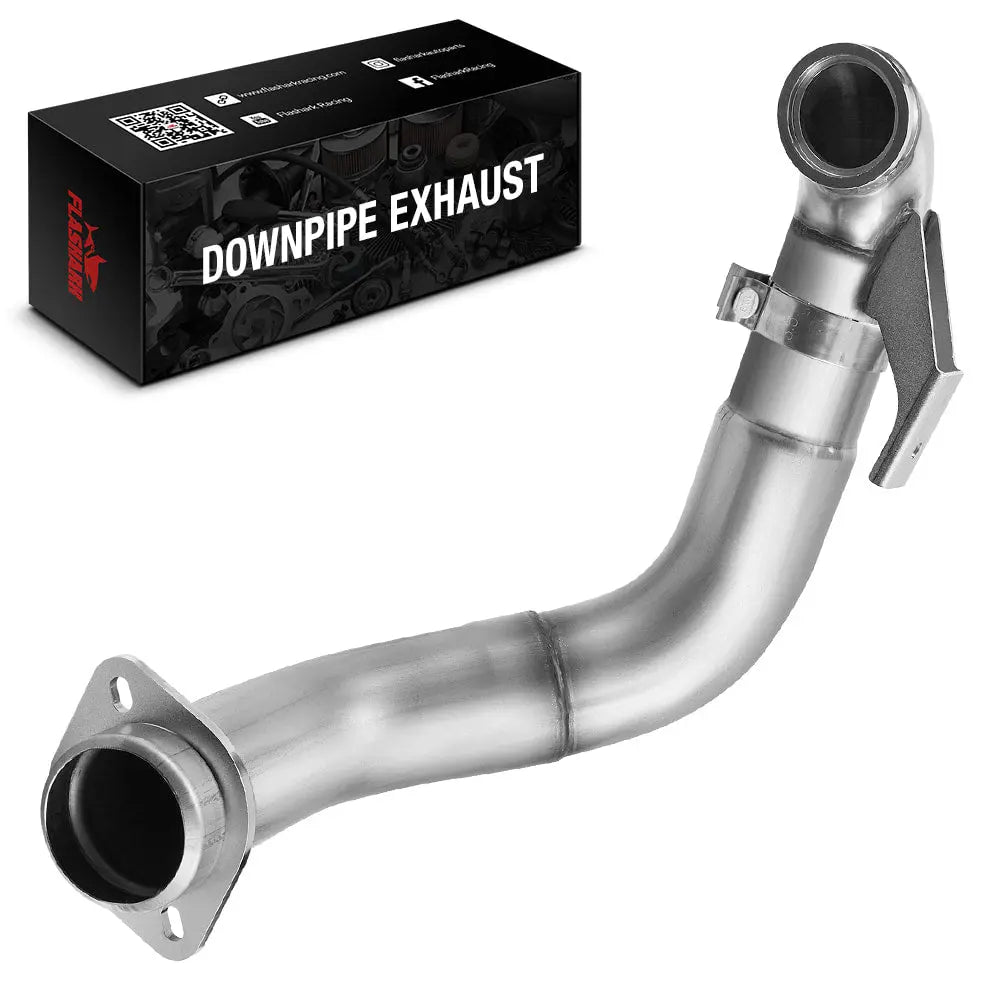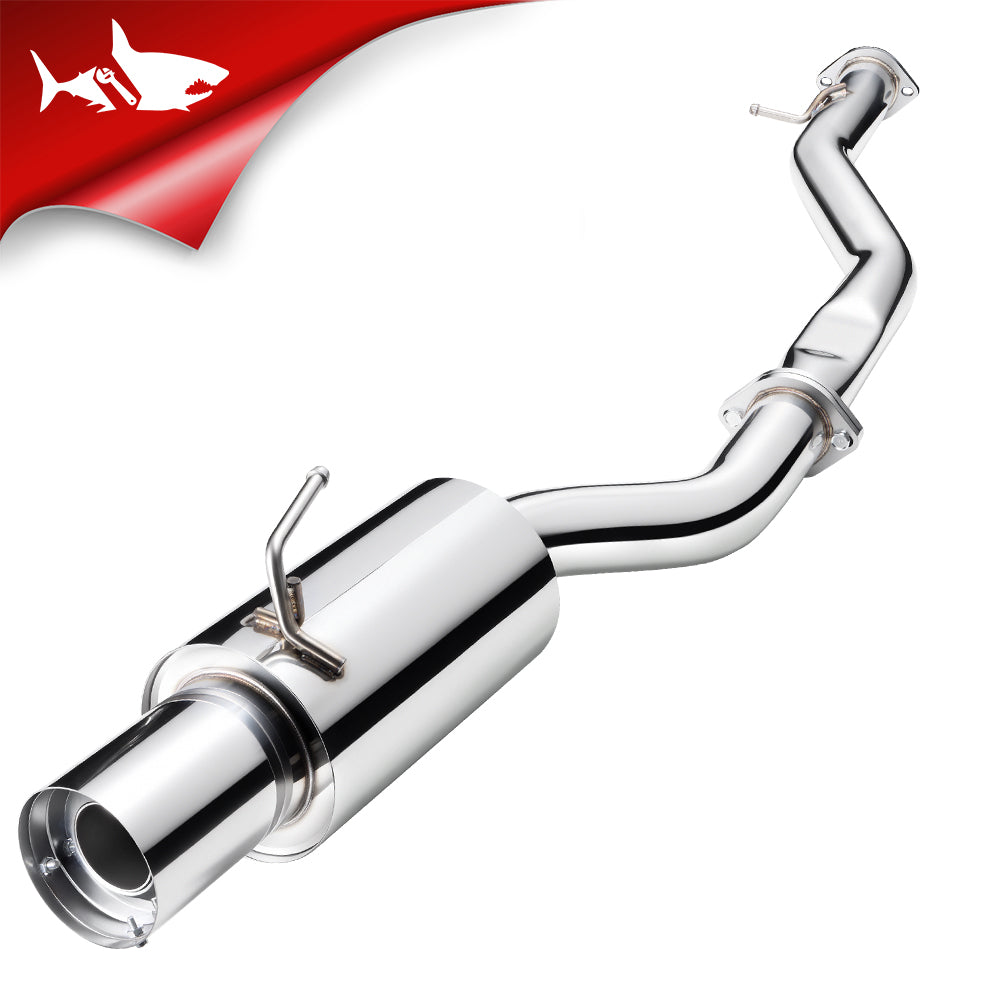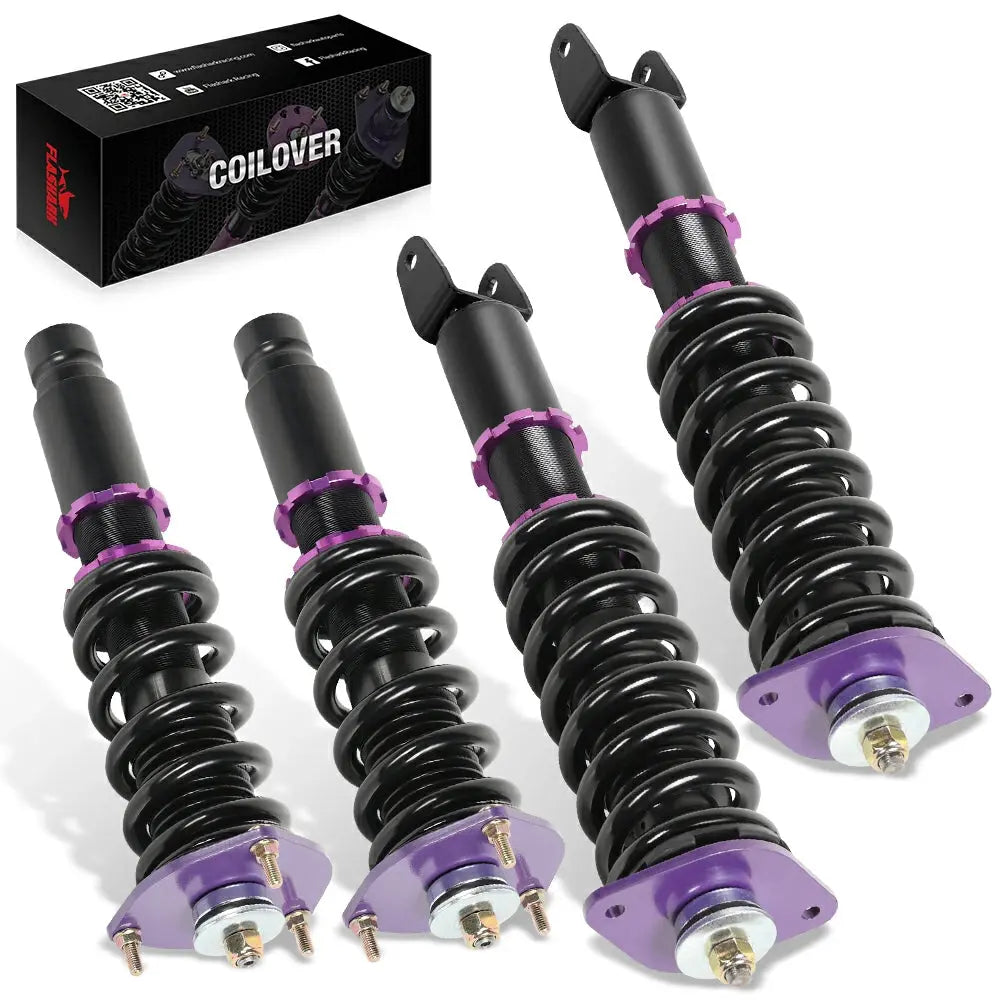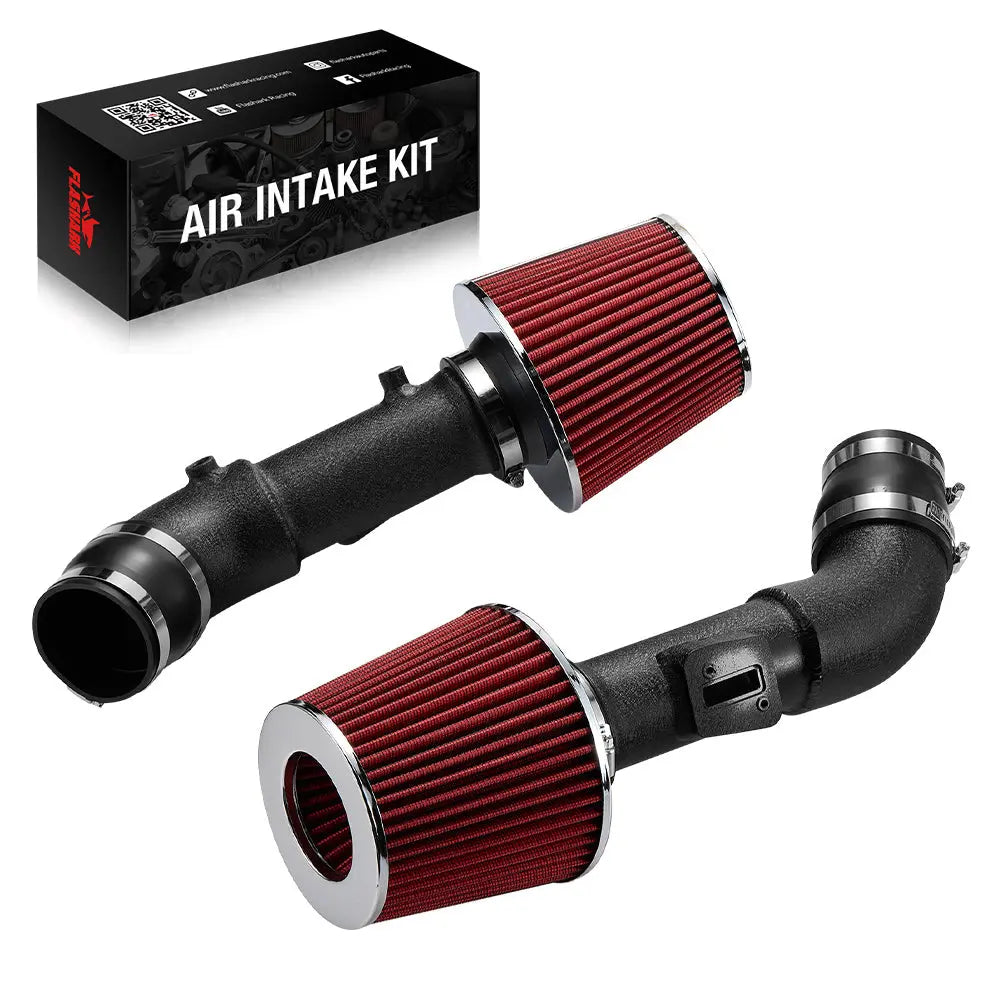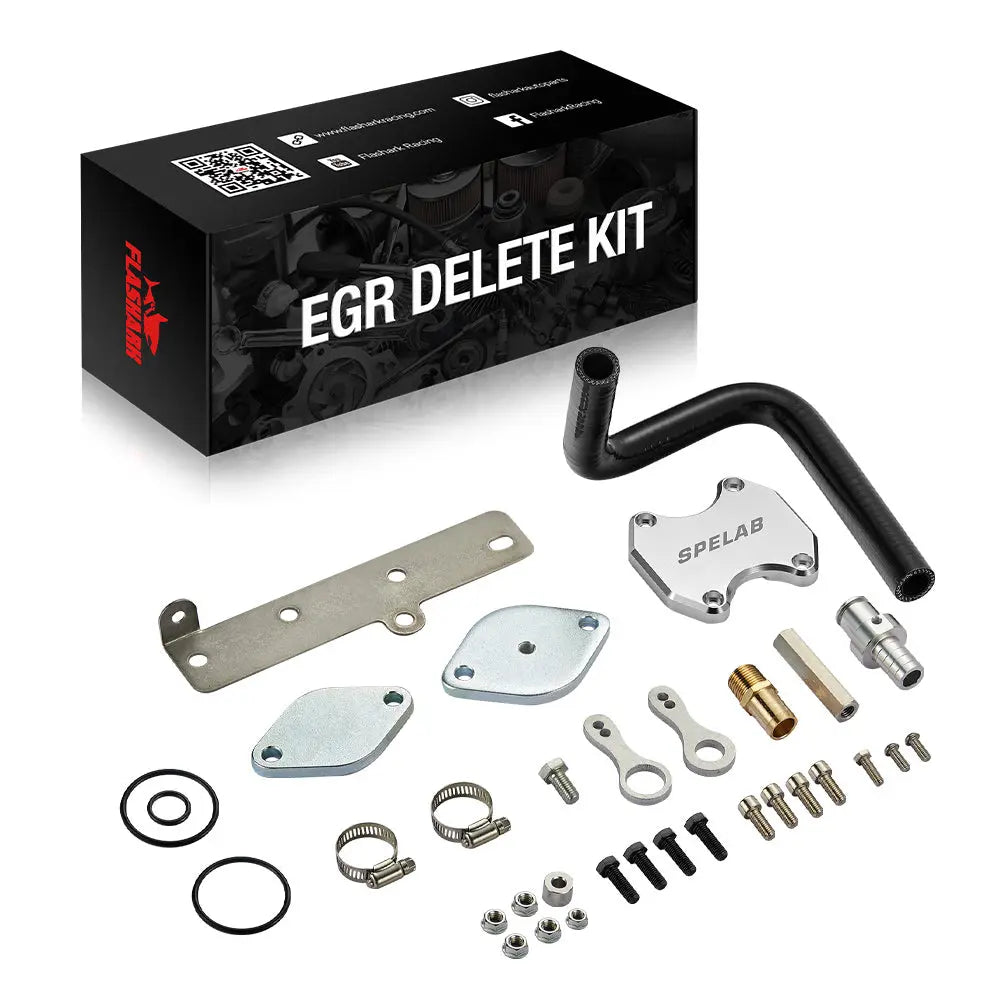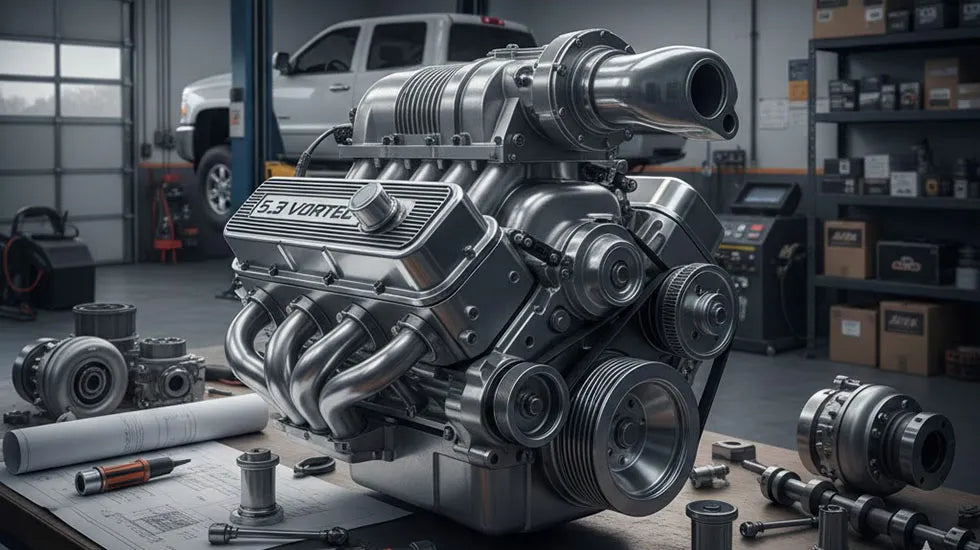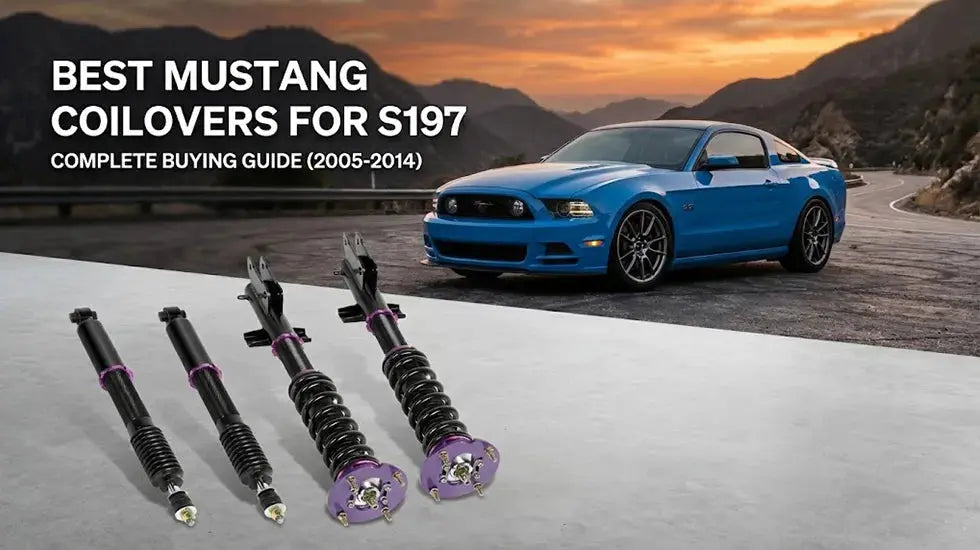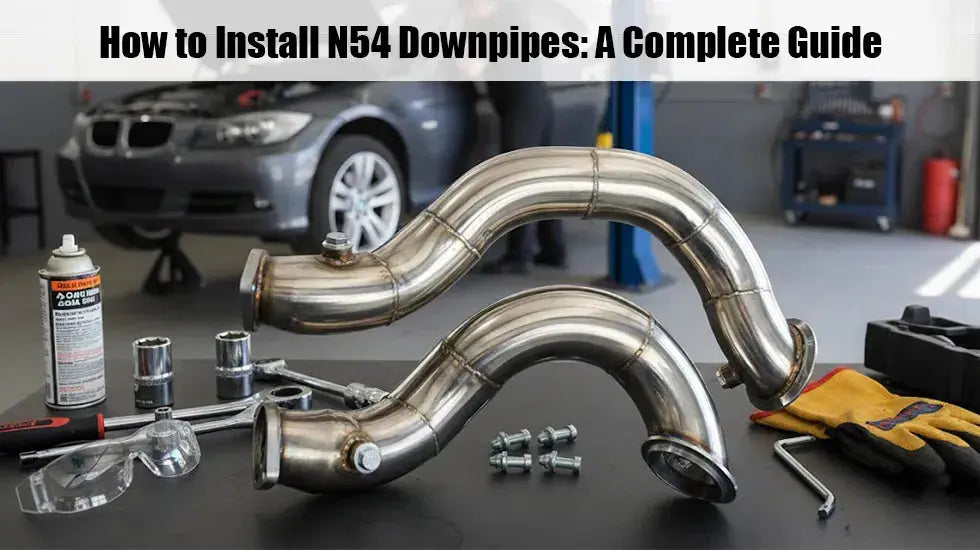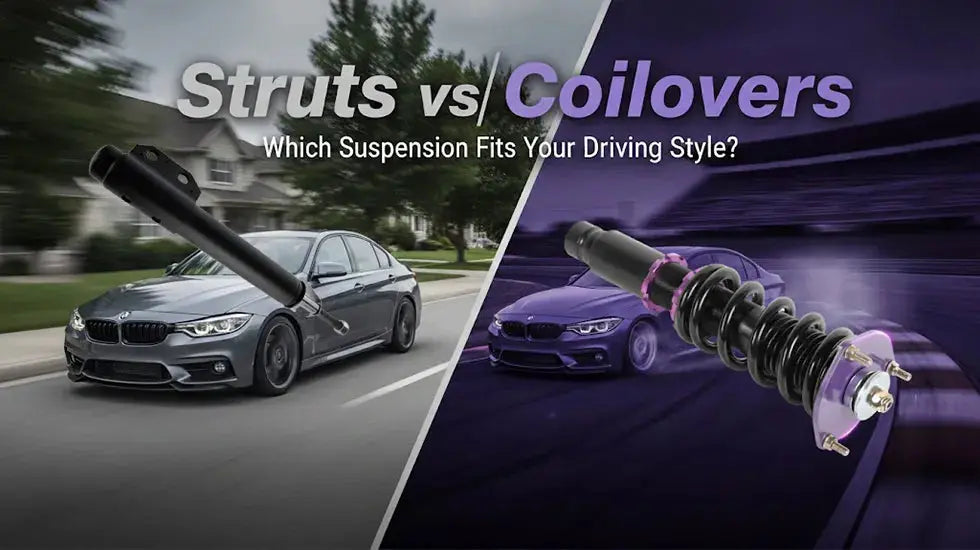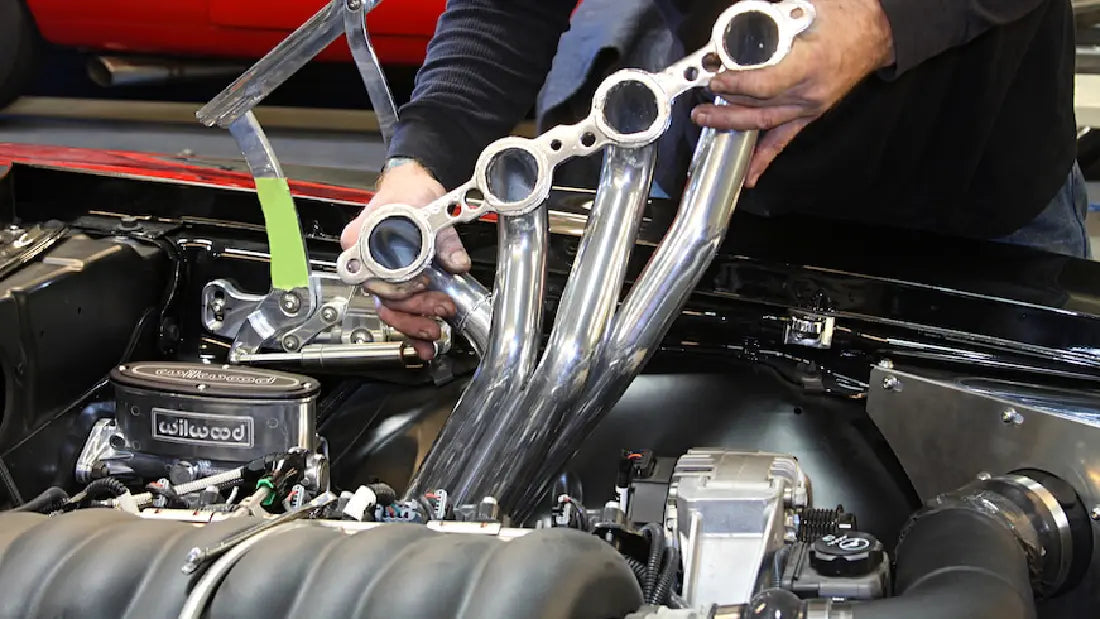When it comes to squeezing every drop of performance from your car’s engine, very few upgrades have as much impact as the downpipe exhaust. They swap the factory downpipe to achieve a more giant, less constrictive pipe. Because of the improved flow of exhaust gases, there will be a noticeable improvement in power and performance. With downpipe exhausts, a more aggressive and sporty tone can be added to your car’s exhaust sound. The downpipe exhausts can also be used with naturally aspirated engines.
What is a Downpipe?

A downpipe exhaust works by reducing exhaust back pressure. Exhaust backpressure is the resistance exhaust gases face as they flow through the exhaust system. When exhaust backpressure is reduced, the engine can breathe more freely and produce more power.

Downpipe exhaust is typically made of stainless Steel or Titanium because these materials are solid and durable. Additionally, they are corrosion-resistant because the exhaust system is exposed to corrosive chemicals and heat.
Pros
- Increased horsepower and torque.
- Improved acceleration.
- Reduced turbo lag.
- Enhanced exhaust sound.
- Improved fuel efficiency.
- Easier to install than other modifications.
Cons
Like any modifications, there are some potential downsides to installing a downpipe exhaust in your truck. Here are some of the most notable cons:
- Voided warranty.
- Increased emissions.
- High Cost.
- May be illegal in some states.
Types of Downpipe Exhausts

There are two main types of downpipe exhausts: catted and catless.
- Catted Downpipe Exhausts
Catted downpipe exhausts have a catalytic converter. Emissions are decreased with the use of a catalytic converter. Catted downpipe exhausts are more expensive than catless ones and are more environmentally friendly.
- Catless Downpipe Exhausts
Catless downpipe exhausts do not have a catalytic converter. Catless downpipe exhausts produce more power than catted downpipe exhausts but also make more emissions. Catless downpipe exhausts are illegal in some states.
The best type of downpipe exhaust for you depends on your needs and preferences. If you are concerned about emissions, choose a catted downpipe exhaust. If you want maximum power, you should select a catless downpipe exhaust. Choosing a catless downpipe must be a well-informed decision considering both performance advantages and regulatory concerns.
Choosing the Right Downpipe Exhaust

Consider the following factors while selecting a downpipe exhaust:
Compatibility: Choose a downpipe exhaust compatible with your vehicle’s make and model.
Performance: The diameter of the downpipe affects performance. Greater exhaust gas flow will be made possible by a wider diameter, increasing horsepower and torque. Nevertheless, larger diameters can also increase engine exhaust notes.
Cost: Depending upon the quality and capabilities, the cost of downpipe exhaust can vary. Choose the one that fits your budget.
Emissions Regulations: Catless downpipe exhausts are not permitted in some areas due to emissions regulations. Before you purchase a downpipe exhaust, verify the laws and regulations in your state.

Installation and Compatibility
To install the downpipe exhaust, take the following steps:
Remove the Old Downpipe: Begin by decoupling and removing the old downpipe from your vehicle. It may involve unclosing it from the exhaust manifold and other attachment points.
Install the New Downpipe: Position the new downpipe, icing it correctly to align with your exhaust system. Strain the necessary bolts to secure it in position.
Connect the Exhaust System: Reattach the components of your exhaust system, like the mid-pipe and muffler, to the new downpipe. Ensure applicable alignment and that all connections are secure.
Reinstall the Exhaust Manifold: If you detached the exhaust manifold, reinstall it. Make sure it’s duly sealed to prevent exhaust leaks.
Reattach the Downpipe Hangers: Secure the downpipe using hangers or classes designed for your specific vehicle. It aids in the weight support and retention of the exhaust system.
Test Drive: After installation, drive your vehicle to confirm everything works correctly. Notice any unusual noise or climate.

If you are uncomfortable installing the downpipe exhaust, take your car to a professional. A professional mechanic will be able to install the downpipe exhaust correctly and ensure that it is compatible with your vehicle emissions system. The downpipe exhaust must comply with your car’s make and model.
Rev Up Your Savings with Flashark Discounts

When it comes to enhancing automotive performance, the downpipe exhaust system stands out as a great modification. Just a few of its advantages include increased horsepower, improved acceleration, and less turbo lag. Use this Discount Code to get 15% off on Flashark Downpipe exhaust.
Be sure to weigh the pros and cons carefully and choose the right downpipe exhaust to suit your vehicle and driving goals. A downpipe exhaust might be a smart choice to increase your car’s performance, but installing a downpipe exhaust may void your warranty and could result in increased emissions. Therefore, deciding whether a downpipe exhaust is right ultimately hinges on your requirements and preferences.

